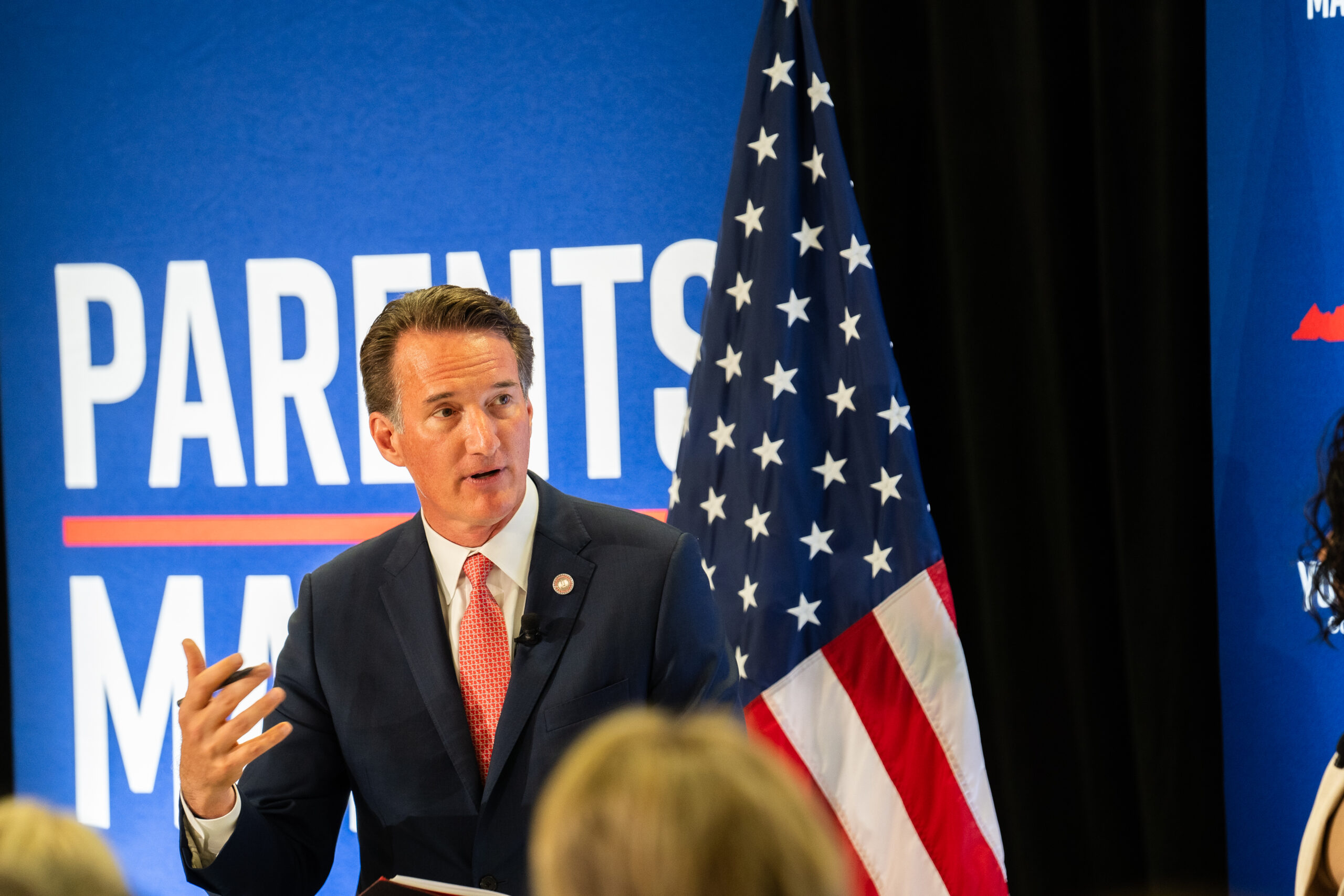A new study by McKinsey & Company reported on by Axios and the Washington Post respectively claims that 1/3 of all jobs — a far more targeted number than the wide 14-40% earlier predicted — will be replaced by automation by 2030.
Building on our January 2017 report on automation, McKinsey Global Institute’s latest report, Jobs lost, jobs gained: Workforce transitions in a time of automation(PDF–5MB), assesses the number and types of jobs that might be created under different scenarios through 2030 and compares that to the jobs that could be lost to automation.
The results reveal a rich mosaic of potential shifts in occupations in the years ahead, with important implications for workforce skills and wages. Our key finding is that while there may be enough work to maintain full employment to 2030 under most scenarios, the transitions will be very challenging—matching or even exceeding the scale of shifts out of agriculture and manufacturing we have seen in the past.
Over 50% of current U.S. jobs can be replaced via automation. This report does not include the over 60% of jobs that will be impacted directly or indirectly by automation itself, with potentially as many as 800 million jobs worldwide being impacted by automation over the next 15 years.
While every sector will be impacted to some degree, some areas of the economy will see a lift in certain countries — India, for example, will see an over 200% lift in teaching jobs through the new economy, while the United States will see an impact of 20% in jobs effected by office work and 31% in manual labor jobs.
Technology professionals and builders in the United States will see a predicable lift of 34% and 35% respectively — which means the transition from old jobs to new jobs will be in technology and construction.
For policy makers, this presents interesting challenges. As older populations die off, population replacement levels in the West are flatlined to declining, meaning that there will be fewer people to fill fewer jobs — a net positive, to a degree. On the opposite side of that equation is the condition of human capital in growing economies, where China and India will have a surplus degree of labor that will either languish (unlikely) or slingshot their economies into the first rank with speed that will astonish the West.
The interpretations are somewhat striking. While the United States will lose something on the order of 37 million jobs to automation over the next 15 years, India with three times the population will only lose 56 million jobs; Germany a staggering 9.1 million jobs; China which has a manufacturing base of old American shift jobs will lose 111 million jobs over the next 15 years. Yet Japan — who will lose 15.5 million jobs over the next 15 year period — will in fact see its workforce shrink by 4 million souls. Again, neither a net gain or a net negative, but different results in different countries depending on the metrics one chooses to evaluate conditions by (i.e. either net employment or human capital).
The kicker to all of this in the short term? Microfinance and workforce development.
Virginia is already well behind the curve when it comes to applying 21st century solutions to a now burgeoning 20th century problem. Yet these two elements alone will not be enough to meet the wave. A growing economy — target GDP growth of 4% or better — is critical to providing the environment where new skills meet economic opportunities.
Worker mobility will be critical as well. As workers find their old jobs rendered obsolete, the ability to pick up and apply one’s talents to the best fit is both a productivity (economic opportunity) question as well as a swift resolution to long-term unemployment (GDP) question. If there is a lag, it will drain on the economic recovery… and thus prolong the transition and the problems associated with mass unemployment.
Much of this focuses on Virginia public education system, both its K-12 approach to high school diplomas rendered nearly useless in a 21st century economy met with an under-utilized and increasingly valuable Virginia Community College System (VCCS) backbone. Adopting the Missouri system of post-secondary education alongside an investment in STEM academies properly endowed to help create entrepreneurs ready to transition into the new economy is immediately required.
There are $2.3 billion good reasons to do so. Such a move would not only rectify the improperly sequestered resources from Virginia taxpayers, but ease the move into an economy where Virginia could be first in the nation with solutions rather than catch the grenade with the other 49 states.






